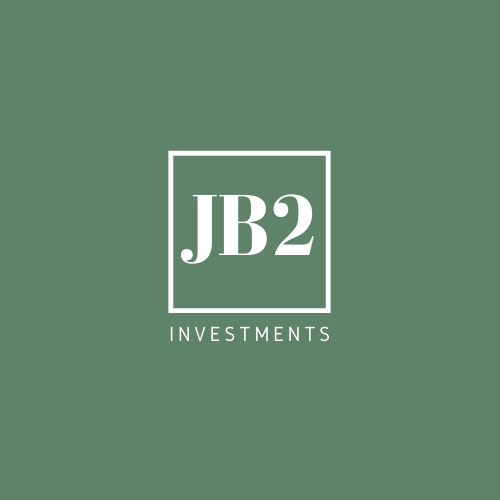Norman Creek Sale Debrief
This will be a debrief of our improvements at the property that created a very successful sale. First, we will go into some detail on how the deal came together. Before this, we had only done a larger multi-deal in Kansas City. Then we opened the scope of cities to look in. We ended up connecting with our manager, who ended up bringing the deal to us. He vouched for us with the broker, pushing the deal to happen.
The value-add here was reducing expenses mainly through lower payroll and marketing costs, as well as increasing rent by $69 across the board. We added an extra unit in the old pool room (the pool was removed at some point), an unaccounted-for bonus that brought up the value. Exterior upgrades included new modern A/C coverings, rebranding/signage, drainage, addressing deferred maintenance, new roofs and installing new laundry machines. It was minimal, but we gave it that extra touch we believe helped. Below are the details of the actual outcomes against what we projected at purchase compared to actuals.
We crushed our year seven numbers in only 25 months. There are a lot of things that went right for us to do this. We could keep staffing at a minimum by running the property effectively, with one property manager overseeing this property and another nearby. As for marketing cost reduction, we canceled additional marketing tools that the previous manager used that were unnecessary. By keeping the marketing cost to a minimum, we could still garner plenty of leads to keep occupancy high. We additionally hit our year four average rent projection by year two.
To make things that much better, we were able to do better on utility costs than the seller. The previous seller had experienced a significant dip in occupancy at one point. So, their vacant unit utility cost was much higher than ours. But the team at JB2 runs a tight ship, keeping our managers accountable to the budget. We also projected a 6-cap rate exit, and the market moved in our favor and exited at approximately a 4.2 cap rate*. (Broker estimated 5.2 cap based on the last 3 months)
Lessons
We learned two important lessons from this deal. I think we knew this and budgeted for it, but we confirmed for ourselves that older buildings will have higher maintenance costs. As such, we are trying to buy newer ones whenever we can. If we buy an older property, we try to address deferred maintenance to be proactive so we have fewer surprises. The second lesson, Oklahoma deposits are usually only $300-$400, which doesn’t cover much. Thus, our unit turn costs were slightly higher than anticipated. For this reason, we implemented security deposit insurance. The tenant pays a monthly fee to the insurance company. The insurance company will then pay us up to $1500 in back rent and damages. This strategy allows tenants to put down less cash up front, making the leasing process a little easier. This has helped our Norman Creek investment and across our portfolio — allowing us to recover a lot more than if stuck with traditional low Oklahoma deposits. Ultimately, we are stronger operators as a result of this process.
It pays to measure and stay on track
Measuring and keeping everything on track regularly pays off in the long run. Additionally, we ran a reasonable marketing effort with the broker that does the most deals in Oklahoma. We’re pretty sure luck was on our side as well, having a buyer that needed a place to exchange funds.
So many things went right to make this an outstanding success. The cherry on top is now we are exchanging these funds in the next deal, which is 30 years newer. Also, we have now proven our strategy by backing it with real numbers. The investors that had early faith in us are now being rewarded. We will continue to compound for many years to come. At the same time, we are continuing to learn and make all our processes better.
*The capitalization rate (also known as cap rate) is used in commercial real estate to indicate the rate of return expected to be generated on a real estate investment property.
Several versions exist for the computation of the capitalization rate. In the most popular formula, the capitalization rate of a real estate investment is calculated by dividing the property's net operating income (NOI) by the current market value. Mathematically,
Capitalization Rate = Net Operating Income / Current Market Value



